
Trends come and go, so as an interior designer, I always look for ideas that feel timeless – design principles that never lose their charm, no matter what’s trending on Instagram. One of my favourites? Layering.
Layering in interior design is much like layering in fashion. It’s the art of adding depth, character, and richness to a space through thoughtful combinations of texture, tone, scale, and material. It’s what makes a room feel collected rather than decorated – and it’s one of the secrets behind those effortlessly styled interiors you fall in love with in magazines or on Pinterest or Instagram.
What Is Layering in Interior Design?
Think of layering as building a story within a room. It’s about creating visual and tactile interest by adding multiple elements – some subtle, some bold – that work together in harmony. You can layer anything:
- Textiles (rugs, throws, cushions)
- Artwork and wall décor
- Lighting
- Decorative objects
- Furniture finishes and materials
Just as in fashion, the goal isn’t to pile on more, but to combine the right pieces thoughtfully. The result is a room that feels rich, inviting, and lived-in – never flat or one-dimensional.
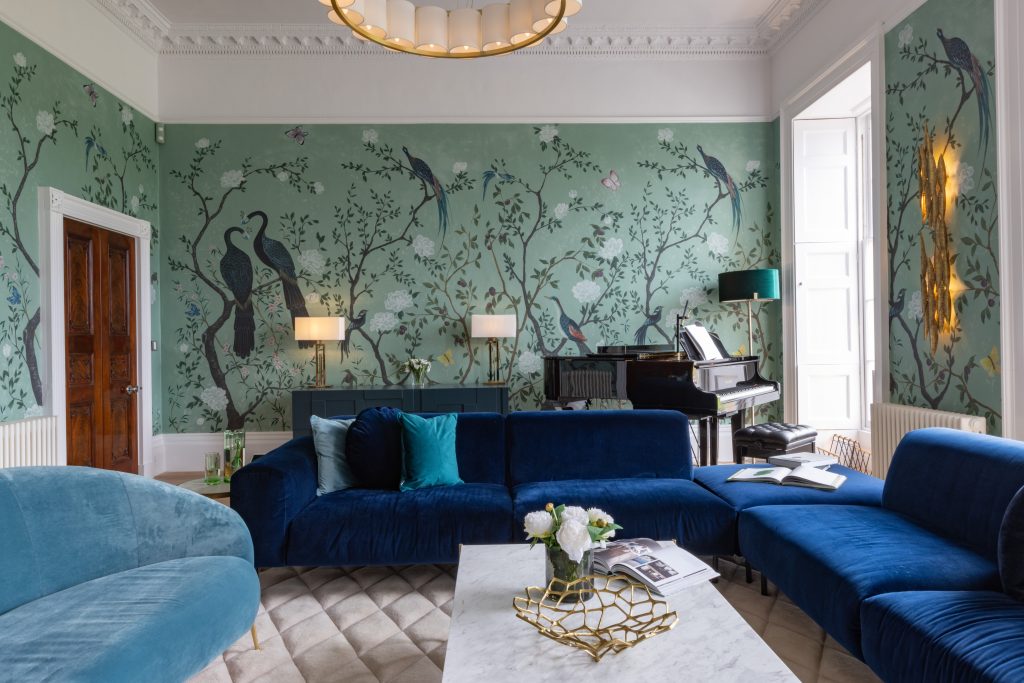
Start Big
Every great composition starts with an anchor. Begin with the largest item in your space – whether that’s a sofa, a statement rug, or an oversized piece of artwork – and let it set the tone.
Once the anchor piece is in place, build around it. A sculptural vase might echo the curves of a chair. A stack of books could complement the palette in your artwork. Starting with the big picture helps your smaller details fall naturally into place, creating a cohesive and intentional flow.
When styling surfaces like sideboards or coffee tables, start with your “hero” object – something that grounds the vignette – and then add complementary layers around it.
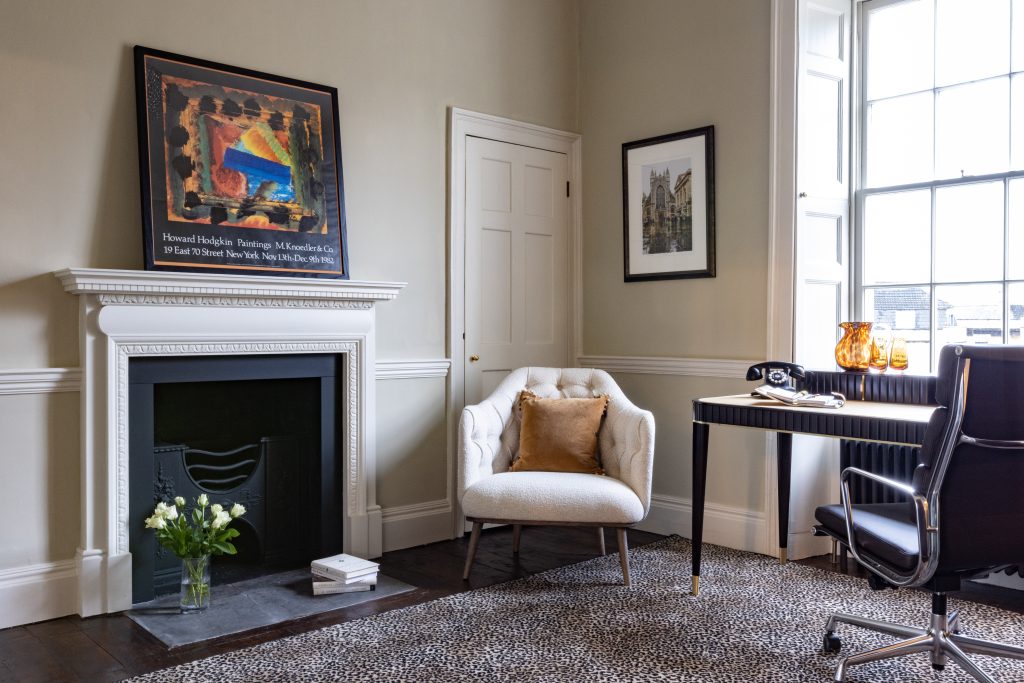
Play with Scale
One of the easiest ways to make layering look intentional (and not cluttered) is by mixing scale. Varying the size and height of objects keeps the eye moving and adds rhythm to your design.
Pair an oversized lamp with a small stack of books. Hang artwork in mixed frame sizes. Group tall and short vases together. The contrast between big and small is what makes the arrangement feel effortless yet curated – that “random but not accidental” look that designers love.
Avoid perfect symmetry. Slight irregularity feels more human, more authentic – and much more interesting.

Create Contrast with Texture
Texture is where layering truly comes alive. It’s the subtle difference between a space that feels flat and one that feels dimensional and touchable.
Try combining the organic with the refined: rough linen against polished brass, woven rattan beside smooth marble, soft wool paired with sleek glass. Each texture enhances the other, making your space richer and more sensory.
When layering textures, think about how light will interact with them. Matte finishes absorb light; glossy ones reflect it – together, they create visual balance and depth.
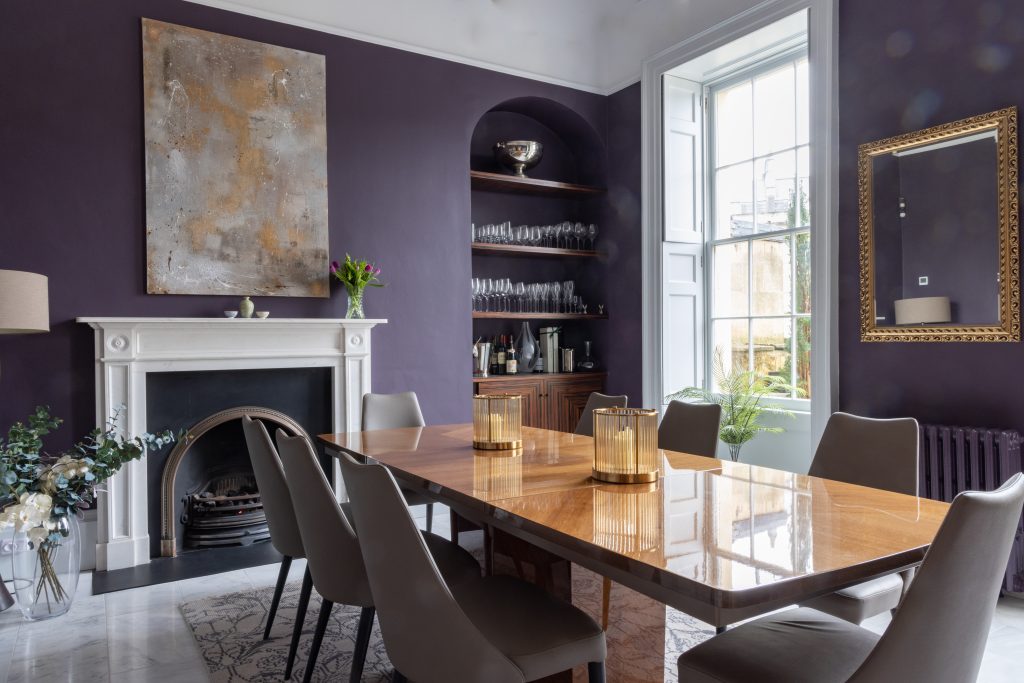
Hang, Lean, Stack
Layering isn’t only about what you display – it’s also about how you display it. Variety adds visual energy.
Hang a mirror, lean a piece of artwork on a console, stack books horizontally, or prop a decorative tray against a wall. This interplay of presentation styles creates a sense of casual elegance – as if your home evolved naturally over time rather than being styled in one go.
This technique is also perfect for minimalists who love clean spaces but want personality. By varying display methods, you can make a few well-chosen objects feel like a full story.
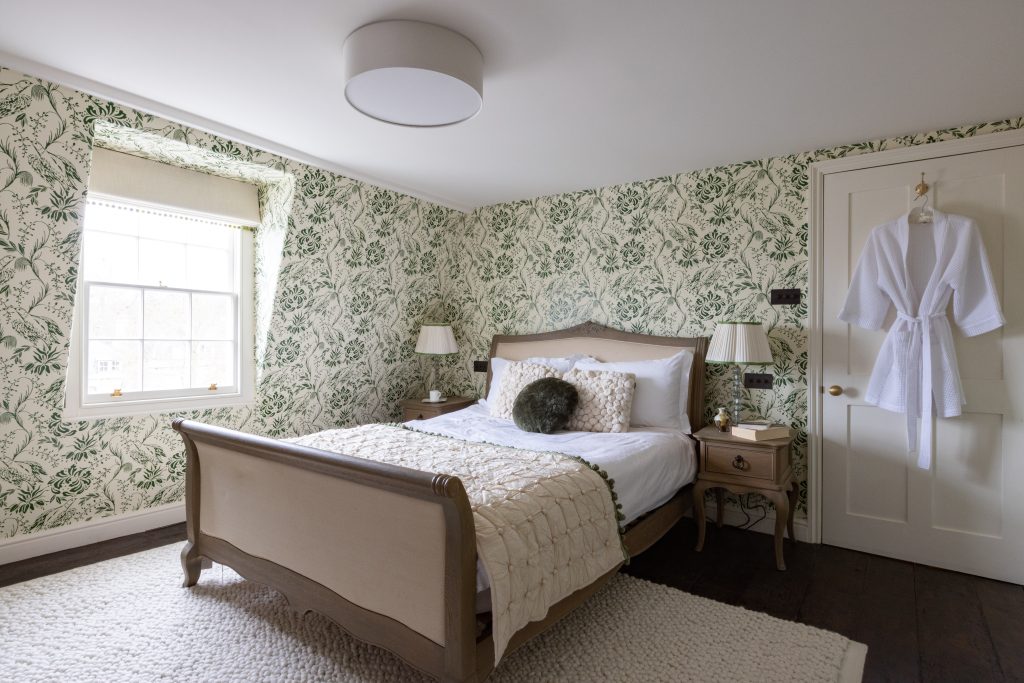
Layer with Light
Lighting is often the forgotten layer, yet it’s one of the most transformative. Layered lighting – a combination of ambient, task, and accent lighting – adds warmth, depth, and drama.
- Ambient light sets the mood (think ceiling fixtures or recessed lighting).
- Task lighting adds function (table lamps, floor lamps).
- Accent lighting highlights your favourite features (wall sconces, art lights, candles).
Together, they give a room dimension and soul, allowing your other layers – colour, texture, and décor – to truly shine.
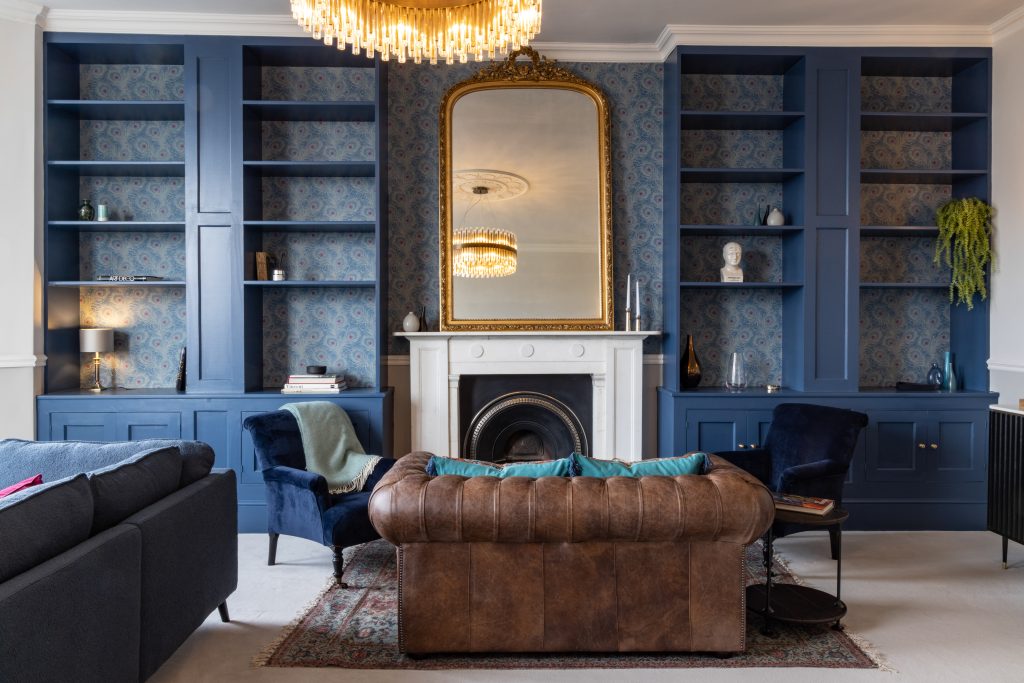
Edit, Always
Editing is the most important (and often the hardest) part of layering. Once you’ve added everything you love, take a step back. Then remove one or two items.
The goal is balance – not abundance. Layering is not clutter; it’s intentional curation. A beautifully layered space breathes.
Photograph your space and look at it in black and white. Without the distraction of colour, you’ll instantly see if something feels off-balance or overcrowded.
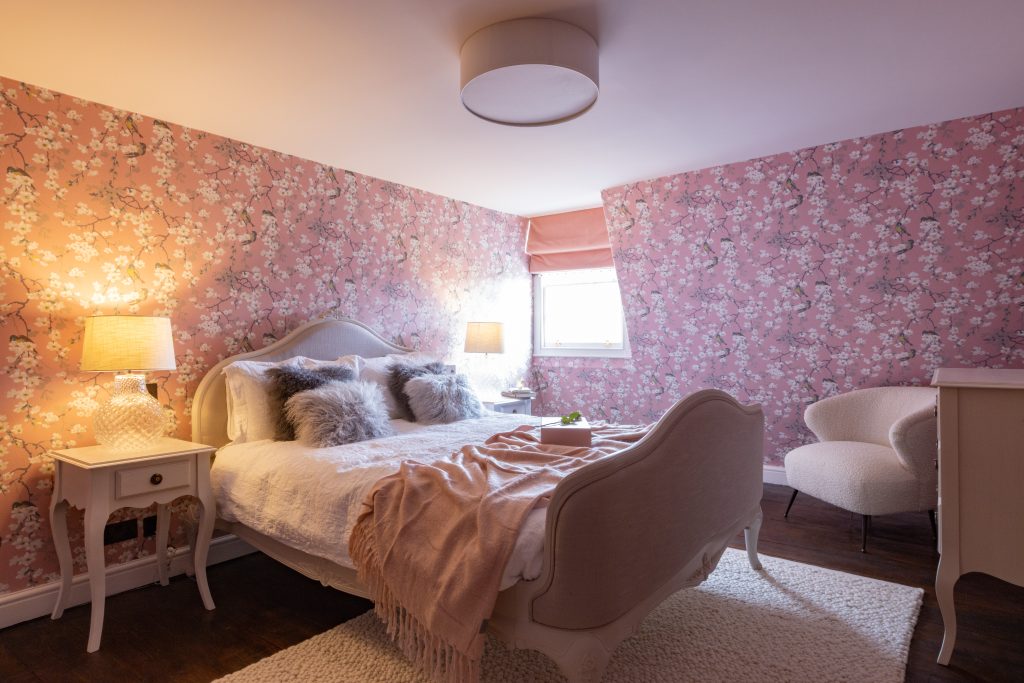
Tell a Story
Ultimately, layering is about storytelling. It’s what turns a house into a home. Each piece – from the rug underfoot to the vase on your shelf – adds a layer of personality and memory.
Don’t be afraid to mix new and old, high and low, sleek and rustic. The best rooms reflect the people who live in them, not a single style or era. When every element has meaning, your layers will feel authentic – and that’s the true essence of timeless design.
Layering is an art, but it’s one that anyone can master with a little intention and experimentation. Start with your foundation, play with contrast and scale, and remember that restraint is just as important as creativity.
When done well, layering gives your home that elusive designer feel – the kind of depth and warmth that invites you in and makes you want to stay a while.
So go ahead: experiment, rearrange, edit, and play. After all, the most beautiful spaces are the ones that evolve layer by layer, over time.
All images Nick Smith Photography for Clair Strong Interior Design



